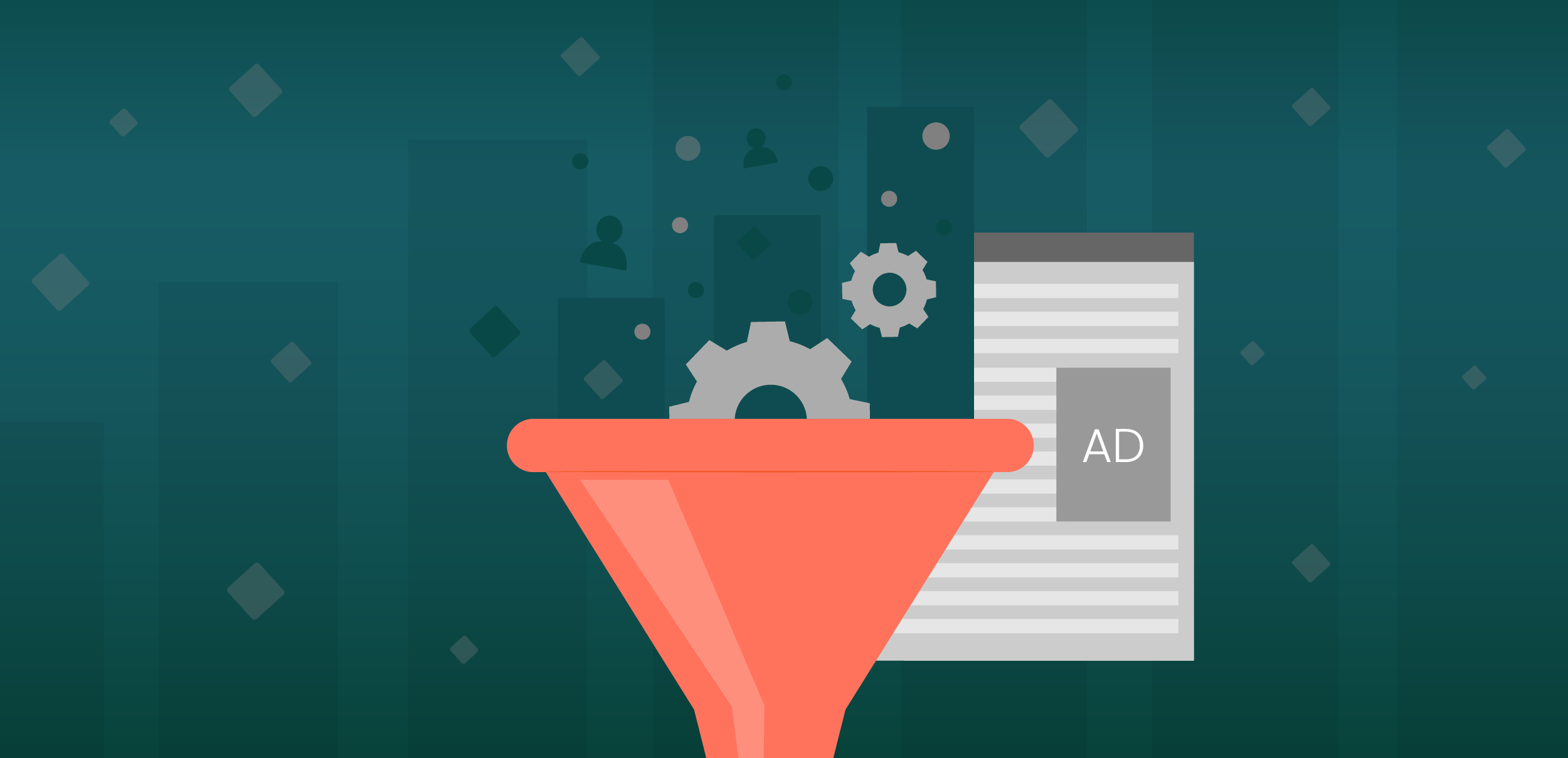Will Sell-Side Curation Leave Publishers Behind?
By Asaf Shamly | January 15, 2025

Sell-side curation is now the latest buzz in ad tech.
Sure, it’s not a brand-new idea (sellers defined audiences, anyone?), but it’s gaining traction like never before – especially with major players like Google Ad Manager stepping in.
When a giant like Google makes a move, it’s a clear signal the industry is taking curation seriously.
But what does this mean for publishers? And will Google’s influence drive meaningful change – or just more control for middlemen?
While it’s being hailed as a win for publishers taking more control over who sees their ads, we can’t ignore the elephant in the room: sell-side curation might just be another power grab by SSPs to stay relevant.
A Game of Power and Positioning
At its core, sell-side curation feels like SSPs are trying to differentiate themselves and claw back influence from DSPs.
In a way, it’s smart – SSPs are asserting their value, trying to differentiate themselves from one another, ensuring they remain critical to the ecosystem.
But let’s not kid ourselves: I think publishers may be at risk here.
If SSPs dominate curation, they’ll have the leverage to control the data and audiences publishers rely on. That could leave publishers with less bargaining power – and fewer rewards from their own inventory.
Publishers: Don’t Get Left Behind (Again)
Here’s my concern:
While SSPs and curation houses promise higher CPMs and better deal-making, publishers often get sidelined by these innovations.
To really benefit from curation, publishers need to own their data.
The future of programmatic advertising belongs to those who understand their audiences deeply and can offer data-based curated packages that advertisers actually want.
If publishers don’t step up now, curation might just become another missed opportunity, with intermediaries reaping the rewards.
So, while the hype is justified, let’s ensure it’s a win for everyone – not just another SSP power play.
Practically speaking, what can publishers do?
– Invest in first-party data strategies to know their audiences inside out.
– Collaborate with SSPs that align with their goals, not just their bottom line.
– Proactively package curated inventory that advertisers can’t ignore.
As an industry, we owe it to ourselves to make this transition fair and inclusive.
Otherwise, what’s the point?
Latest Articles
-

What Sales Got Right About Competitive Intelligence – and Why It’s Time for Advertisers to Catch Up
In sales, competitive intelligence became second nature — the reason teams know why deals were won or lost. Advertisers, on the other hand, are still optimizing in the dark. It’s time to bring the same discipline to marketing, and finally see beyond surface-level metrics.
View Now -

AI is Rewriting the Attention Economy, Advertisers are at Risk of Getting Sidelined
AI is rewriting the attention economy. Perplexity’s “citations, not clicks” payouts and Cloudflare’s pay-per-crawl model mark a new phase where platforms set the rules of visibility. Unless brands and agencies demand clarity, control, and real behavioral signals, performance will be optimized to interfaces, not outcomes.
View Now -

When Agentic AI Takes the Wheel, Who’s Watching the Road?
Speed feels like smarts in advertising, but most “autonomous” systems optimize on labels and averages rather than behavior in context. They can’t see scroll, true in-view time, ad density, or what happens after the impression. Data without depth is a liability; the edge now is first-party, behavior-rich signals learned across environments.
View Now
